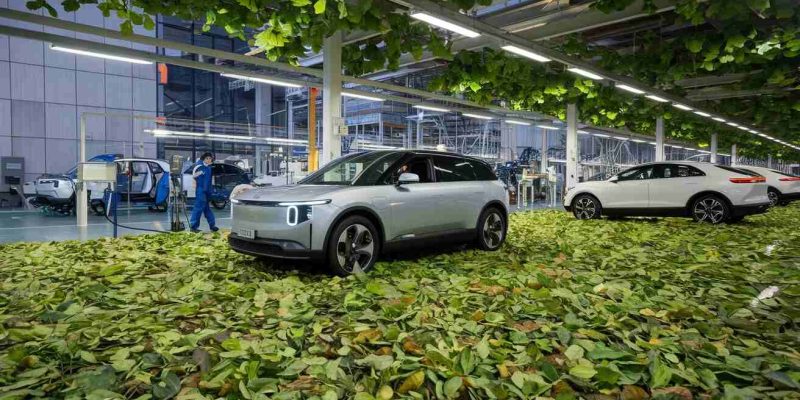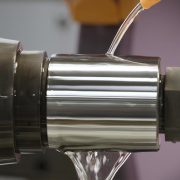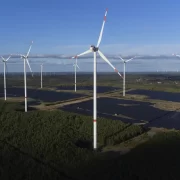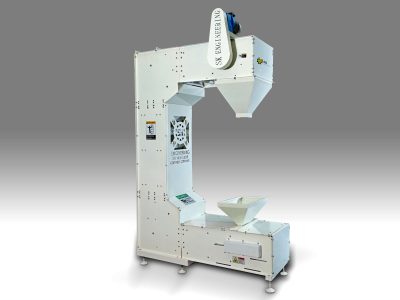This has been driven by the global urge to go green and be sustainable, similar to the move affecting many other industries. Green technology has turned vehicle design, building, and use into an altogether different ball game lately.
The EVs are on the rise, together with renewable energy integration, greener materials, and better fuel efficiency. Rajdhani Night: one of the popular Satta Matka games. Learn strategies, chart analysis, and tips for successful performance while trying your luck to win big.
The following blog covers the green technology moves the auto industry toward lesser environmental degradation, hence paving the path towards a cleaner, greener future.
Electric Vehicles (EVs): Leading the Green Revolution
Arguably, the most important green technology creation meeting the automotive enterprise today is the emergence of electric cars. EVs run on electricity rather than fluid power, such as gasoline or diesel.
This greatly cuts conservatory gas emissions and reduces support for antediluvian fuel collections.
Major manufacturers such as Tesla, Nissan, and BMW have jumped into electric vehicle technology to roll out various types of electric cars that could answer different purposes and fulfill diverse people’s needs.
So, while the rest of the world is moving towards electrical vehicles based on consumer demands for greener modes of transportation, it is also being driven by tighter environmental regulations.
Incentives towards electric vehicle adoption through tax credits, subsidies, and investment in charging infrastructure are on offer from various governments around the world.
Norway, Netherlands, and the UK have set large targets to achieve their goals of phasing out ICE vehicles by specific dates, which thereby accelerates the transition towards electric mobility at an even faster pace.
Integration of Renewable Energy
Besides electric vehicles, integrations of the accounts of renewable energy resources serve to be essential in transforming the auto industry.
Automakers are glancing out at methods to create the vehicle run on energy arriving from renewable origins such as solar and wind energy. Solar boards can be established to assess the storms of electric vehicles or supply accessory power to mixed automobiles.
For example, Tesla has combined solar tops with Powerwall ordnance, which can help lessors to create and keep solar power for after use in charging their electric vehicles.
This makes such an integration of renewable energy references donate to the decrease not just of the carbon footprint at every vehicle class but actually to the decarbonization of the whole energy grid.
Use of Eco-Friendly Materials in Vehicle Manufacturing
Another location of grand reputation for immature technology in the motorcar enterprise is using environmentally pleasant fabrics in the manufacturing process of the vehicle.
The making procedure of a specific car needs huge quantities of plastics, metals, and other unkind fabrics. Relatively, automakers are now resorting to those materials that are tolerable, like utilizing recycled plastics, raw threads, and biodegradable composites.
For instance, Ford has used Eco-friendly materials for making vehicles, including recycled denim, soy-based foam, and coconut fibers.
Similarly, BMW has tried its hands on lightweight and greener materials, including carbon fiber and renewable textiles. This also contributed to a leaner ecological footprint of the product.
Enhanced Fuel Efficiency and Hybrid Technologies
It is not just electric vehicles that are a sign of green technology in the auto industry, but previously, renewable energy took major steps forward in improving fuel efficiency of traditional internal combustion engine vehicles.
Hybrid vehicles provide a combination of the gasoline engine with an electric motor as an environmentally conscious option for consumers not yet prepared to make the jump to fully electric vehicles.
Hybrid motorcars, such as the Toyota Prius and Honda Insight, have increased in favor to significantly reduce fuel consumption and resulting emissions corresponded with established gasoline-powered cars.
Plug-in combinations permit the motorist to cross small spaces without utilizing any power by assessing.
Besides, significant changes in the design of engines, aerodynamics, and lightweight materials have considerably enhanced the fuel economy of ICE vehicles.
The key focus of car manufacturers is the manufacturing of automobiles that will use less fuel while offering the same performance without damaging the ecology and reducing the operating costs for the end consumers.
Autonomous Driving and Smart Mobility Solutions
Green technology also plays a major role in the field of autonomous driving and smart mobility solutions. Autonomous vehicles have much potential to bring about a paradigm shift in transport modes by way of energy efficiency and decreasing congestion on roads.
Using advanced algorithms combined with artificial intelligence and real-time data, an autonomous vehicle drives much more efficiently than natural driving patterns of human beings that could reduce energy consumption.
Also, self-driven cars will reduce accidents and thereafter less material will be wasted in fixing and replacing new vehicles.
With increased integration of smart mobility solutions such as car-sharing platforms and electric ride-hailing services into urban centers, the environmental impact of transportation in cities will be reduced.
The Rise of Hydrogen Fuel Cell Technology
Another promising green technology in the automotive industry: hydrogen fuel cell technology. FCVs generate electricity from hydrogen gas through a simple chemical process via a fuel cell.
Due to this mechanism of power generation, the by-product only turns out to be water vapor. The result is a zero-emission alternative to conventional gasoline-powered cars.
Although hydrogen fuel cell technology is still in its infancy, car companies like Toyota and Hyundai have already launched hydrogen-powered cars, such as the Toyota Mirai and Hyundai Nexo.
Hydrogen fuel cells offer a clear advantage compared to battery-electric vehicles in terms of extended driving ranges and much quicker fueling. However, the wider commercial acceptance of hydrogen fuel cells depends upon the deployment and commissioning of suitable refueling infrastructure.
Challenges and the Way Forward
Yet, even with all those leaps of green technology, the auto industry still grapples with sustainability. The lack of robust electric charging infrastructure,
particularly in the countryside or underdeveloped regions, is one major challenge. EV adoption at scale will be successful only if there is a wide range of EV charging infrastructure.
The environmental issue with this industry is the manufacturing of batteries for electric vehicles. The extraction process for raw materials like lithium,
cobalt, and nickel is extremely harmful to the environment and very disastrous socially. However, research into battery recycling and alternative materials offers some hope that this can be mitigated.
Conclusion
The span of green technology has transformed the auto industry beyond what many could have ever imagined to start just a few decades ago. Green technology transcends electric car usage to include applications of renewable energies,
eco-friendly materials, and higher fuel efficiency within the automotive industry. It can only promise that the future of transport would be clean, efficient, and environmentally friendly in light of the fact that green technology is anything but a static entity.
Of course, challenges continue to exist, from both automakers and governments and, ultimately, from consumers to reduce the environmental footprint of transportation.
Thus, this is the bright future of green technology within this industry. These go way beyond driving innovations; they become an investment in a greener life for the future.


















